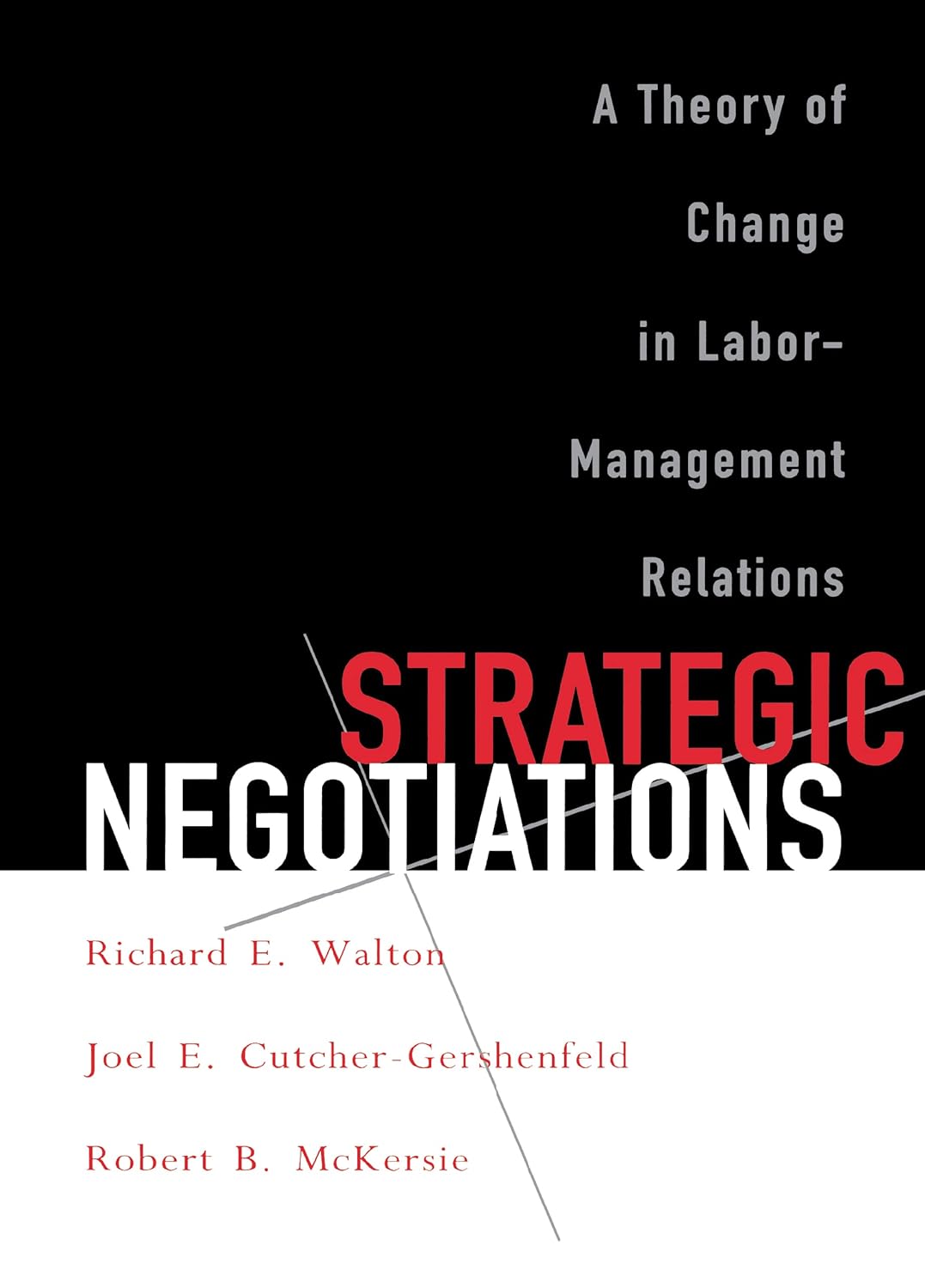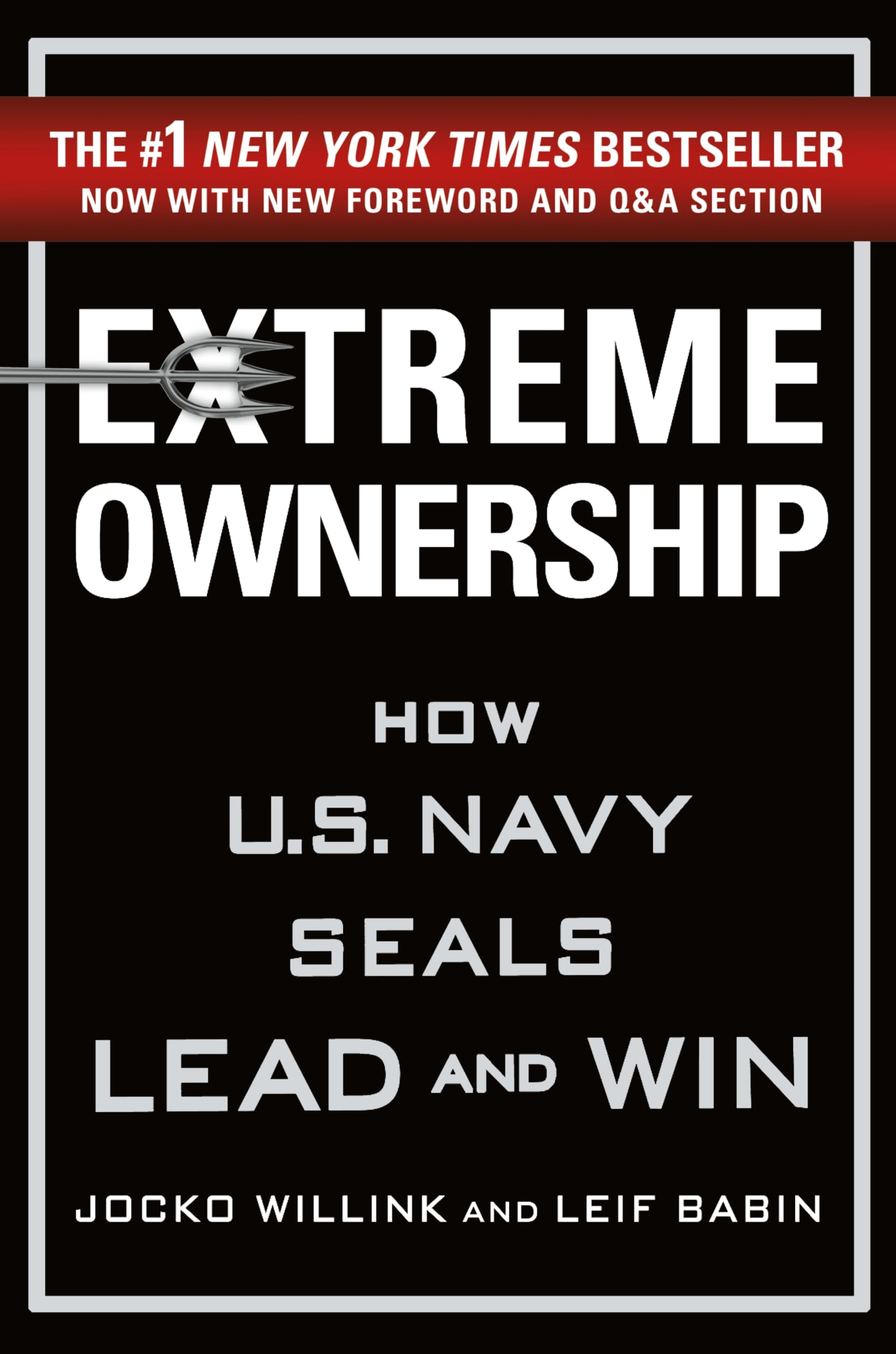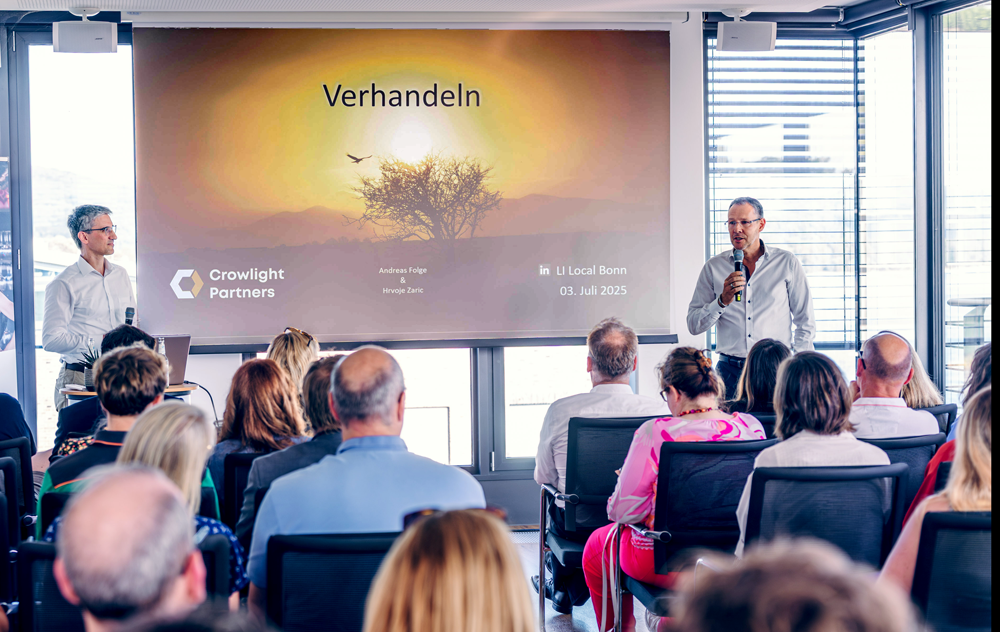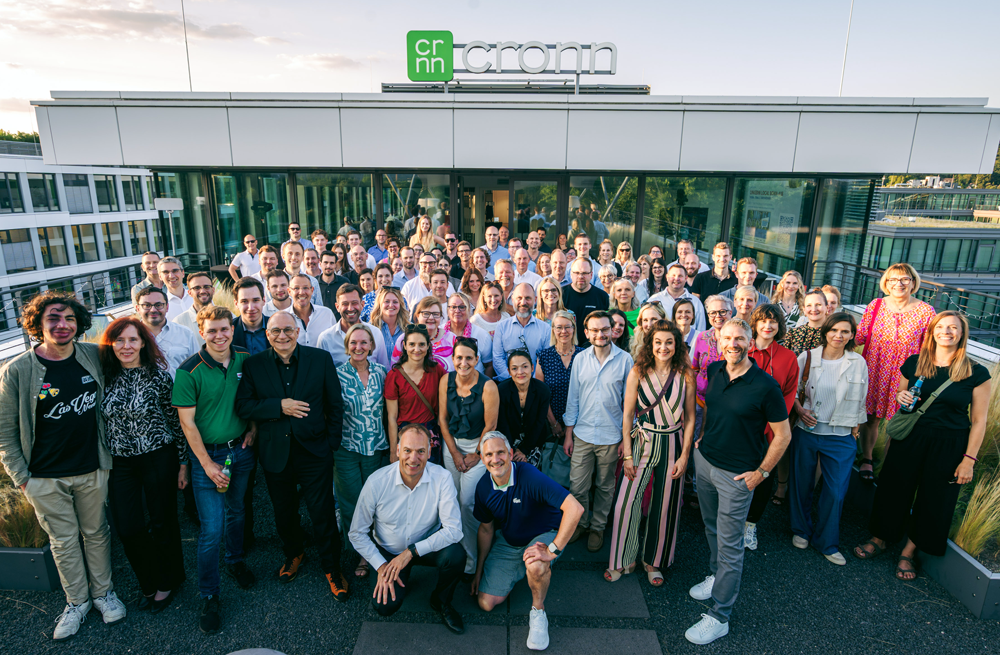Negotiations aren’t isolated events. They happen within a context of complex strategic interactions, organizational interests, and evolving relationships. In this book the authors provide insights on how to manage negotiations strategically, leveraging context to achieve better outcomes.
Key ideas include:
✅ Beyond the Negotiation Table
Great negotiators recognize that critical moves often happen away from the bargaining table — within internal stakeholder discussions, alliance building, and long-term strategic positioning.
✅ Integrative and Distributive Dynamics
Every negotiation involves integrative (value-creating) and distributive (value-claiming) elements. Strategic negotiators skillfully balance the two, expanding the pie where possible, while being assertive in claiming value.
✅ The Importance of Attitudinal Structuring
Negotiations shape and are shaped by relationships and perceptions. Strategic negotiators intentionally structure interactions to build trust, manage perceptions, and positively influence future negotiations.
✅ Sustaining Negotiation Capability
Successful organizations continuously improve their negotiation capability through training, reflective practice, and systems for knowledge retention. It’s never just about one deal, but about building long-term strategic competence.
✅ Leveraging Change and Conflict
Strategic negotiators don’t fear conflict — they leverage it as an opportunity to foster change and innovative solutions.
An essential resource for anyone interested in the strategic dimension of negotiation, beyond tactics and techniques.
#Negotiation #Strategy #Leadership #BookSpotlight







